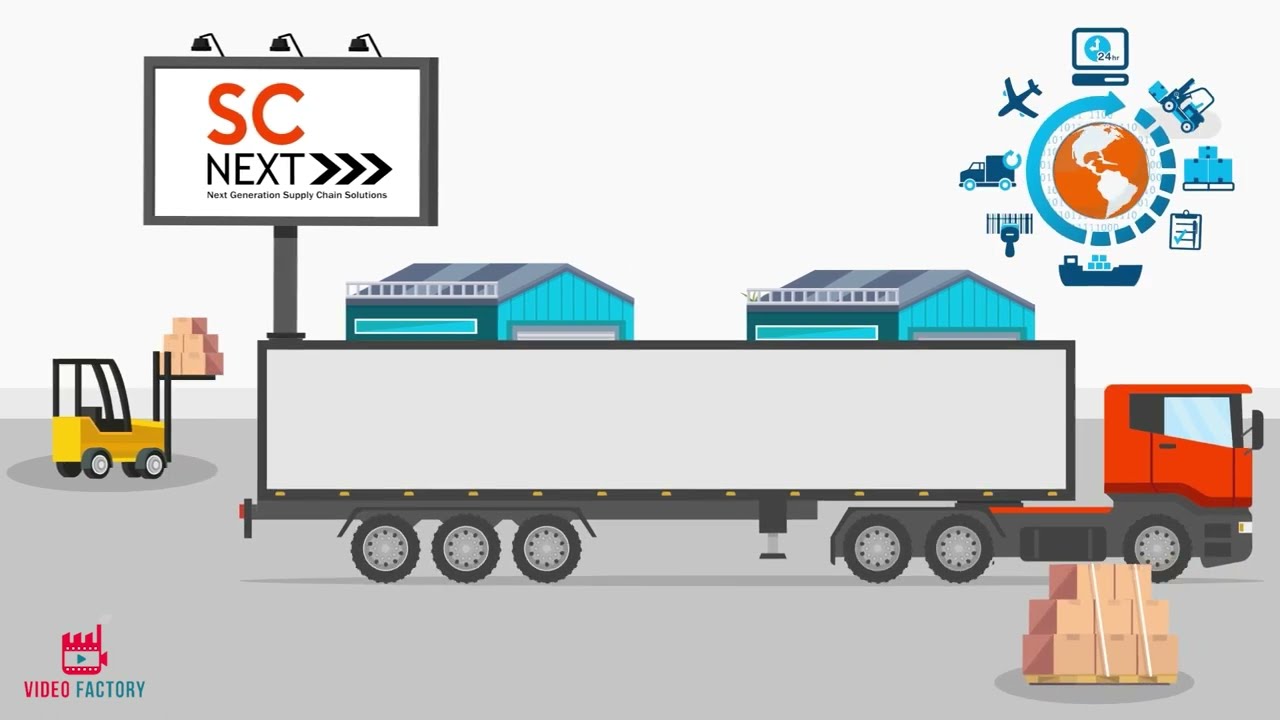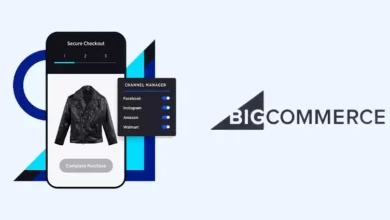
Decoding Complexity with Supply Chain Animation
In the labyrinth of global commerce, understanding the intricacies of supply chains can be akin to deciphering an ancient scroll—daunting for the uninitiated and complex even for the seasoned professional. Enter the hero of our story: supply chain animation. This innovative tool is transforming how we visualize and comprehend the extensive networks that deliver products from manufacturers to consumers. It’s not just about adding a splash of color to a drab presentation; it’s about bringing clarity to complexity, transforming abstract concepts into tangible understanding.
Unraveling the Knot: Why Visualization Matters
Imagine trying to explain the inner workings of a clock to someone who has never seen one before—where do you even begin? With supply chains becoming increasingly intricate, the challenge of explaining processes, from procurement to delivery, has grown exponentially. Supply chain animation steps in as a visual storyteller, turning complex processes into engaging narratives. Here’s why this matters more than you might think:
- Enhanced Comprehension: A well-crafted animation breaks down complex processes into digestible pieces, making it easier for audiences to grasp the big picture and the minute details.
- Engagement Boost: Let’s face it, supply chain management isn’t always the most thrilling subject. Animation injects a dose of entertainment, keeping viewers engaged and interested.
- Memory Retention: People remember what they see more than
what they read or hear. By visualizing the supply chain, animations help stakeholders retain information longer, making it easier to recall when making decisions.
- Simplification of Complex Concepts: Animations can simplify complicated ideas, making them accessible to people without a background in supply chain management.
The Magic Behind the Scenes: Animated Video for Procurement and Beyond
At its core, supply chain animation is not just about making things look pretty; it’s about storytelling. Whether it’s an Animated Video for Procurement or an Animation Video for Supply Chain Process, the goal is the same: to convey a message in the most effective way possible. Here’s how it’s done:
Storyboarding: Crafting the Narrative
Every great animation begins with a storyboard. This is where the narrative takes shape, from the initial concept to the final delivery. It involves outlining each scene, determining how the story flows, and ensuring that the animation will effectively communicate the intended message.
Design and Animation: Bringing Ideas to Life
This is where the magic happens. Designers and animators work together to bring the storyboard to life, using a combination of artistic skill and technical expertise. This stage involves character design, background creation, and the actual animation process, where motion is added to static images to create a fluid, engaging story.
Voiceover and Sound Effects: Adding Depth
No animation is complete without the right audio. A professional voiceover can add credibility and personality to the animation, while sound effects can enhance the viewing experience by making the animation more immersive and realistic.
The Unseen Benefits: Beyond Just Understanding
While the primary goal of supply chain animation is to simplify and explain complex processes, there are several additional benefits that are often overlooked:
- Stakeholder Engagement: Whether it’s for internal training, investor presentations, or customer education, animations can capture and maintain the attention of any audience.
- Brand Differentiation: In a world where everyone is bombarded with information, companies that utilize innovative tools like animation can stand out from the competition.
- Risk Reduction: By providing a clear understanding of supply chain processes, animations can help stakeholders identify and mitigate risks more effectively.
In Practice: Where Animation Meets Supply Chain
Now, let’s take a step back and see how supply chain animation plays out in real-world scenarios. Whether it’s an animated video explaining the procurement process or a comprehensive overview of the supply chain, the applications are as varied as the industries that rely on them.
- Training and Education: For new employees or partners, animations can serve as an effective training tool, providing a clear overview of processes without overwhelming them with information.
- Sales and Marketing: Animated videos can help sales teams explain the value of supply chain services to potential clients, highlighting efficiency and reliability.
- Customer Support: Explainer videos can help customers understand the journey of their product, from order to delivery, enhancing transparency and trust.
Conclusion: Embracing the Future of Communication
In the complex world of supply chains, clarity is king. Supply chain animation not only simplifies intricate processes but does so in a way that engages, educates, and entertains. As we look to the future, the role of animation in business communication is set to grow, driven by the need to convey complex information in a digestible, engaging manner. Whether through an Animated Video for Procurement or an Animation Video for Supply Chain Process, the power of visual storytelling is undeniable. It’s not just about making complex ideas accessible; it’s about transforming the way we think about and engage with the very backbone of global commerce.
In embracing supply chain animation, businesses are not just adopting a new tool; they are pioneering a new language of communication—one that transcends barriers, simplifies complexity, and fosters a deeper understanding of the intricate dance that is the global supply chain. The journey of a product from inception to delivery is a tale worth telling, and through animation, we can tell it in a way that is both enlightening and enchanting.




